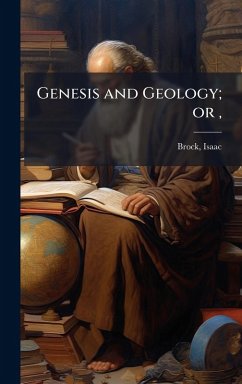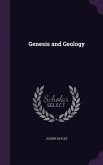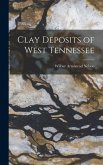In "Genesis and Geology; or, Two Records of Creation," Isaac Brock explores the relationship between the biblical account of creation in Genesis and the scientific understanding of geology. This sermon, delivered in St. Peter's Church, Sherbrooke, in 1877, delves into the apparent discrepancies and potential harmonies between religious faith and scientific inquiry. Brock navigates the intellectual landscape of his time, addressing questions about the earth's formation and the age of the universe in light of both theological and geological perspectives. This work offers valuable insights into the 19th-century dialogue between religion and science, showcasing a thoughtful attempt to reconcile traditional beliefs with emerging scientific discoveries. "Genesis and Geology" is a testament to the enduring human quest to understand our origins and the world around us, making it relevant for those interested in the history of science and religion. This work has been selected by scholars as being culturally important, and is part of the knowledge base of civilization as we know it. This work was reproduced from the original artifact, and remains as true to the original work as possible. Therefore, you will see the original copyright references, library stamps (as most of these works have been housed in our most important libraries around the world), and other notations in the work. This work is in the public domain in the United States of America, and possibly other nations. Within the United States, you may freely copy and distribute this work, as no entity (individual or corporate) has a copyright on the body of the work. As a reproduction of a historical artifact, this work may contain missing or blurred pages, poor pictures, errant marks, etc. Scholars believe, and we concur, that this work is important enough to be preserved, reproduced, and made generally available to the public. We appreciate your support of the preservation process, and thank you for being an important part of keeping this knowledge alive and relevant.
Bitte wählen Sie Ihr Anliegen aus.
Rechnungen
Retourenschein anfordern
Bestellstatus
Storno








